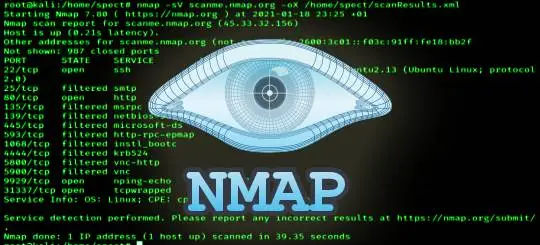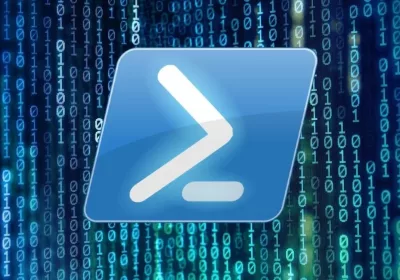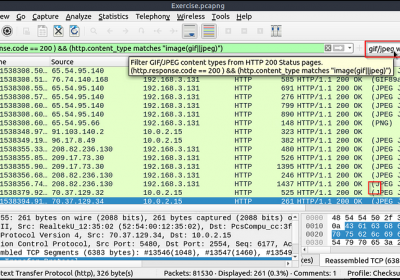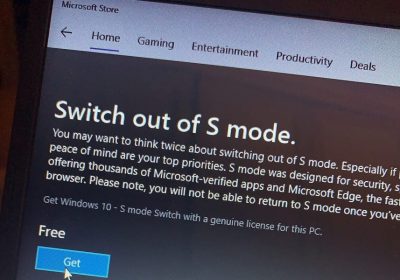How to Use Nmap and Zenmap for Network Scanning (Beginner’s Guide)

Introduction:
Nmap (Network Mapper) is a powerful open-source tool used for network discovery and security auditing. Whether you’re a beginner learning ethical hacking or an IT pro troubleshooting network issues, Nmap is a must-have. This guide will show you how to use both Nmap (command line) and Zenmap, its beginner-friendly graphical interface.
What is Nmap?
Nmap is a command-line tool that scans networks to identify devices, open ports, services, and potential vulnerabilities.
What is Zenmap?
Zenmap is the official GUI for Nmap. It makes scanning more accessible to beginners by offering a visual interface and scan profile presets.
🛠️ How to Install Nmap and Zenmap
On Kali Linux / Debian-based systems:
sudo apt update
sudo apt install nmap zenmap
On Windows:
- Download the installer: https://nmap.org/download.html
- Run the installer (includes both Nmap and Zenmap)
On macOS:
Use Homebrew:
brew install nmap
Zenmap is not officially supported on macOS anymore, but Nmap works perfectly via terminal.
⚙️ Basic Nmap Commands (CLI)
1. Scan a single IP:
nmap 192.168.1.1
2. Scan a range of IPs:
nmap 192.168.1.1-20
3. Scan an entire subnet:
bnmap 192.168.1.0/24
4. Detect OS and services:
nmap -A 192.168.1.1
5. Scan for open ports only:
nmap -Pn -p- 192.168.1.1
🖥️ Using Zenmap (GUI)
Step 1: Open Zenmap
- On Linux, type
zenmapin terminal or find it in the app menu - On Windows, launch it from the Start Menu
Step 2: Enter the Target
- Example:
192.168.1.0/24(to scan your local network)
Step 3: Choose a Profile
- Intense Scan: Deep scan with OS and service detection
- Quick Scan: Fast overview of active devices and ports
- You can also customize your own scan
Step 4: Click “Scan”
- Results will populate in real-time
- Tabs show ports, topology map, host details, and raw output
Step 5: Analyze Results
- Open ports: Check for known services (e.g., SSH on port 22, HTTP on port 80)
- Hostnames and MAC addresses
- Operating system guess (if detected)
⚠️ Legal Warning
Only scan networks you own or have permission to scan. Unauthorized scanning can be considered illegal or unethical.
✅ Real-Life Use Cases
- Discover hidden devices on your Wi-Fi
- Check for open ports on a public-facing server
- Test firewall rules
- Learn penetration testing basics
Conclusion:
Nmap and Zenmap are powerful tools for scanning and securing networks. Whether you’re using CLI or GUI, both offer insight into what’s running on your network. Mastering these tools is a foundational step in cybersecurity and ethical hacking.




Leave a Reply
You must be logged in to post a comment.